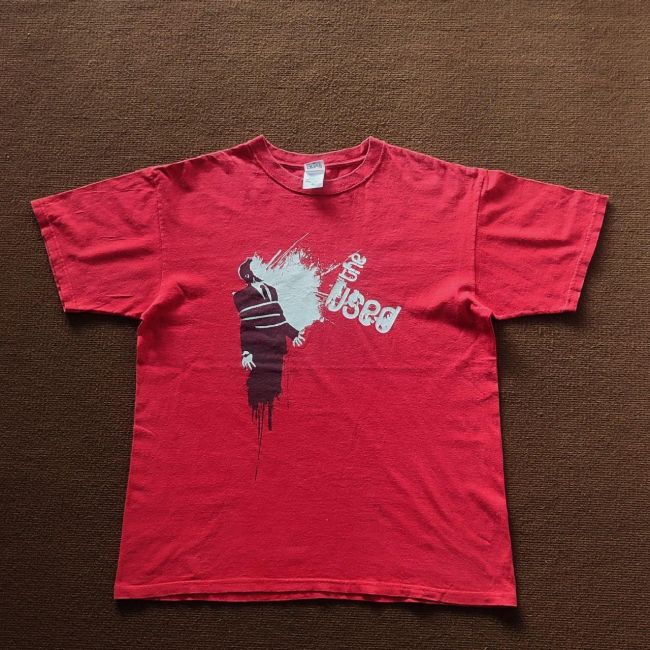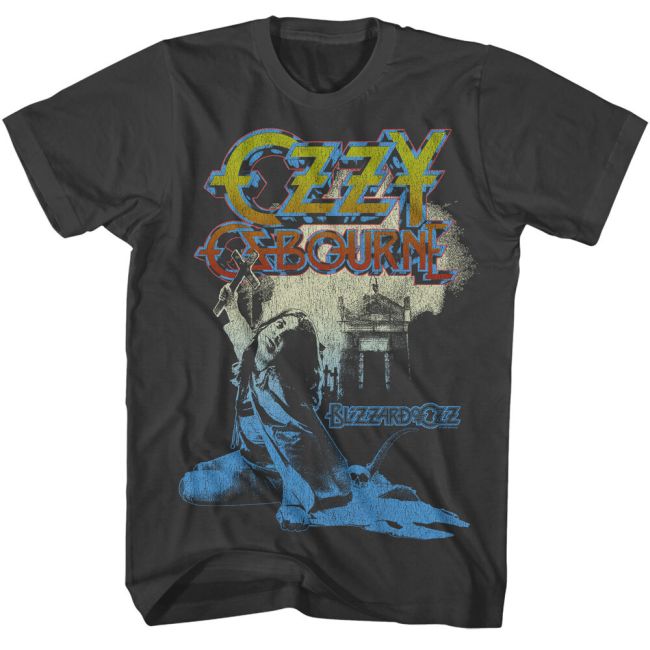In today’s digital age, purchasing used merchandise online has become increasingly popular due to its affordability and sustainability. However, the challenge lies in distinguishing authentic items from counterfeit or misrepresented products. Finding genuine used merchandise requires a combination of research, vigilance, and strategic decision-making to ensure that you get value for your money.
Firstly, it is essential to choose reputable platforms that specialize in used goods. Websites with established user bases and positive reviews tend to have stricter verification processes for sellers and listings. Platforms like eBay, Poshmark, Mercari, and Facebook Marketplace offer various protections for buyers but always check the specific policies regarding returns and disputes before making a purchase. Reading through seller ratings and feedback can provide insight into their reliability and honesty.
Next, thoroughly examine product descriptions and images. Authentic sellers typically provide detailed information about the item’s condition, history, brand authenticity markers such as serial numbers or certificates of authenticity (COA), and any flaws or wear present on the product. High-quality photos from multiple angles are crucial; blurry or stock images might indicate potential red flags. If possible, request additional pictures or videos directly from the seller to verify details not evident in the listing.
Researching the item itself is equally important before committing to a purchase. Familiarize yourself with key characteristics of genuine products within that category-whether it’s designer handbags with specific stitching patterns or electronics with unique model identifiers-to spot inconsistencies easily. Online forums dedicated to collectors or enthusiasts can be invaluable resources where experienced users share tips on identifying authentic pieces.
Communication plays a vital role during transactions involving used merchandise online. Engage openly with sellers by asking questions about provenance, usage history, maintenance records if applicable (such as for electronics), and return policies if issues arise post-purchase. Trustworthy sellers will respond promptly and transparently without evasion.
Payment methods also affect security when buying secondhand items online. Opt for payment options offering buyer protection like PayPal rather than direct bank transfers or cash payments which lack recourse options if fraud occurs.
Finally, trust your instincts throughout this process; if an offer seems too good to be true or something feels off during interactions with a seller-such as pressure tactics or inconsistent information-it’s wise to step back rather than risk losing money on counterfeit goods.
By combining careful platform selection, diligent research on both product details and seller reputation, clear communication channels along with secure payment methods-and maintaining cautious judgment-you can confidently navigate The Used merchandise shopping while avoiding pitfalls associated with fraudulent listings. This approach not only safeguards your investment but also contributes toward responsible consumerism by giving quality pre-owned items new life in appreciative hands.




